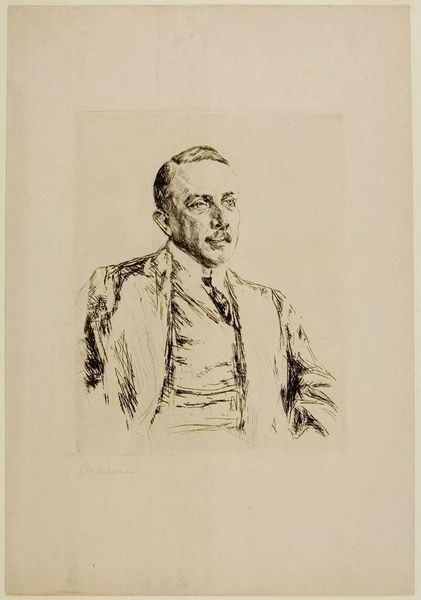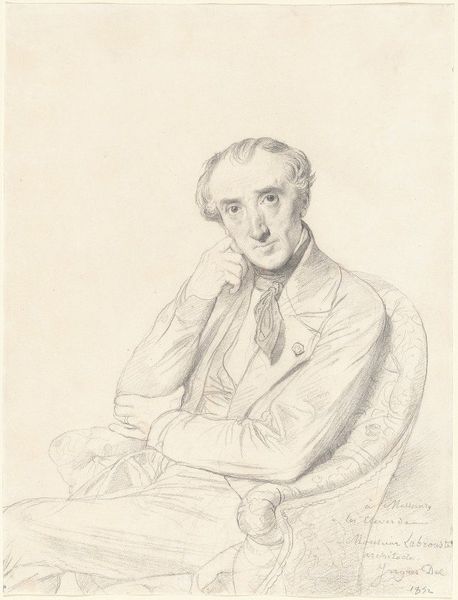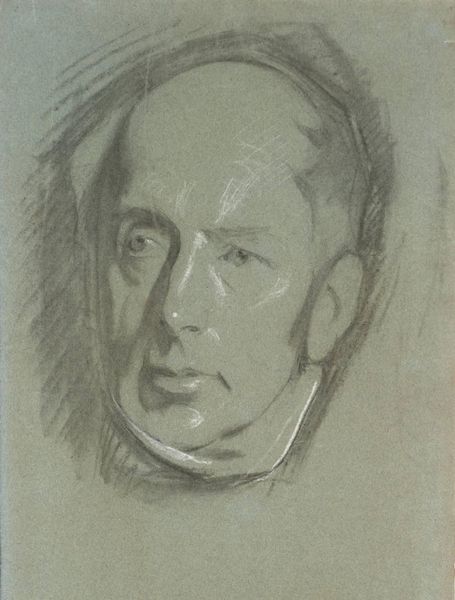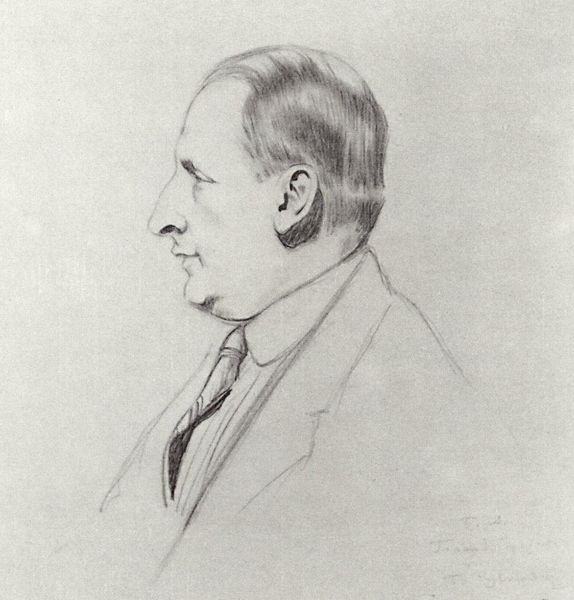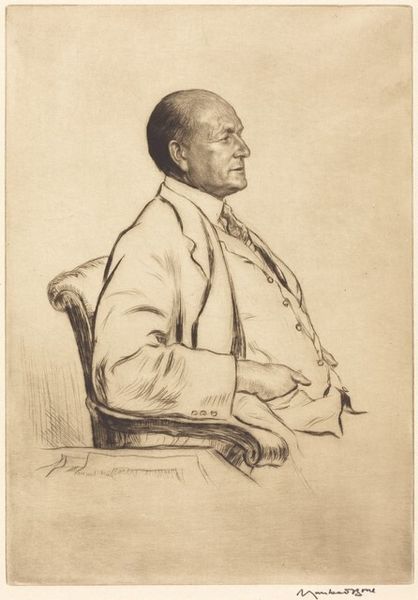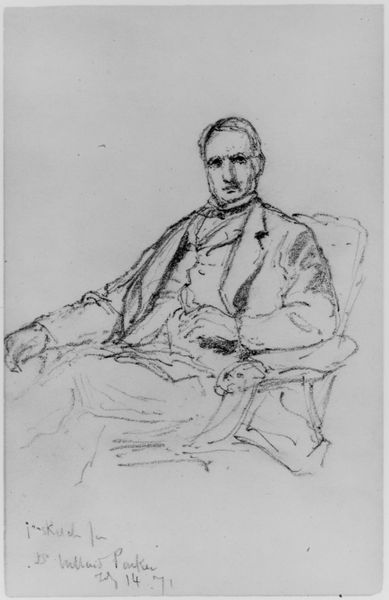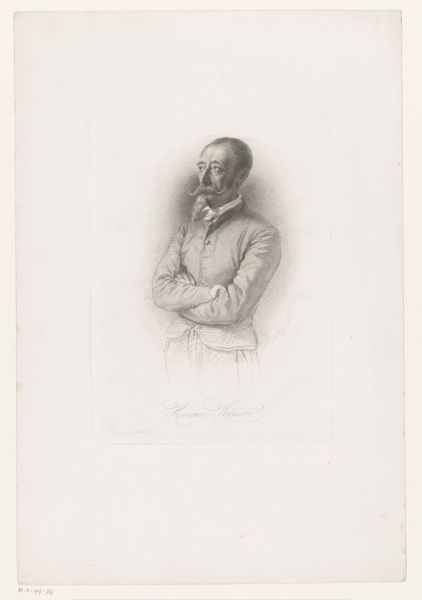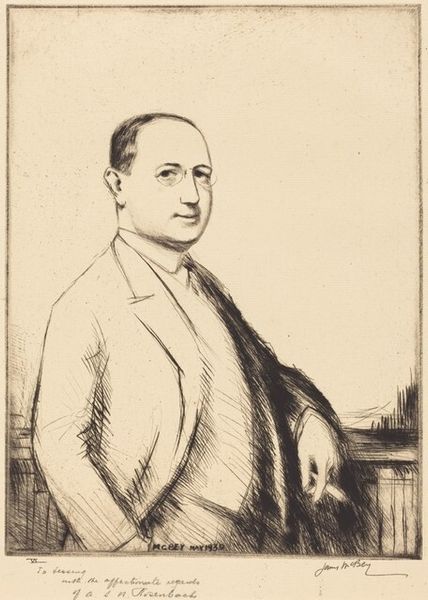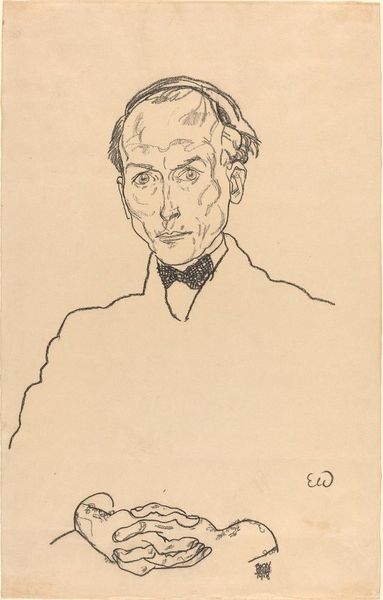
drawing, pencil
#
portrait
#
drawing
#
pencil drawing
#
pencil
#
portrait drawing
#
realism
Dimensions: overall: 43.7 x 28.5 cm (17 3/16 x 11 1/4 in.)
Copyright: National Gallery of Art: CC0 1.0
Jean-Louis Gampert made this pencil drawing, Henri Louis Mermod, in 1922. The portrait adheres to a well-established convention for depicting men of standing in Western culture. Mermod is presented as an educated and refined individual, and the image may symbolize his status within society. The cultural associations of formal portraiture are interesting here. In Europe, since the Renaissance, portraiture has been an important way for the elite to represent their power and status. Consider the visual codes employed: the subject's clothing, posture, and setting are all carefully orchestrated to convey messages about his identity. The emphasis on Mermod’s respectability could be read as conservative. Is it a reinforcement of traditional social hierarchies? Or is it an attempt to appeal to a specific audience? To understand this drawing fully, we need to consider the social conditions of its time. Switzerland in the early 20th century was undergoing rapid modernization and social change. Further research into the Mermod family and their social circle would provide a better sense of the image's original context.
Comments
No comments
Be the first to comment and join the conversation on the ultimate creative platform.
